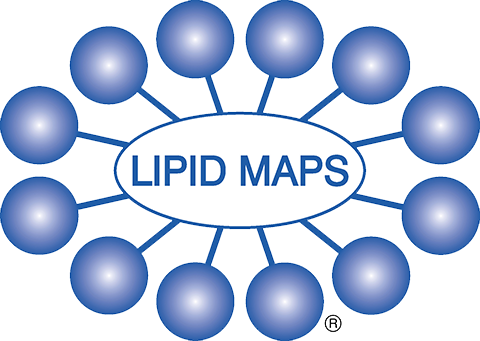Dysregulation of a lipid transfer protein linked to brain disorders
Advanced studies of human genetics are a big wave in the medical sciences. Collaborative teams of clinical geneticists and bioinformaticians are surfing this wave, rapidly discovering genomic variations associated with specific human disorders. This trend is providing scientific bases for personalized medicines but also new, important questions linked to the basic biochemistry field.
Ceramide transport protein, or CERT, moves the waxy lipids known as ceramides in cells for the synthesis of sphingomyelin, a membrane lipid that is ubiquitous in mammalian cells. In 2007, researchers found that CERT is functionally repressed by multiple phosphorylations of a serine-repeat motif, or SRM, in CERT. At the time, scientists regarded this finding as pure biochemistry of a protein.
However, a decade later, large-scale human genetic studies on intellectual disabilities and mental development disorders, or ID/MD, showed that missense mutations in or near the CERT SRM-encoding regions are associated with a type of autosomal dominant hereditary ID/MD. The dominant inheritance was in line with a prediction from the previous biochemical study that loss of hyperphosphorylation of the SRM renders CERT abnormally active.
Our recent collaborative study confirmed this prediction by demonstrating that substitution of a serine residue in the SRM with other residues similar to variants found in ID/MD patients results in dysregulation of CERT in cultured cells. Nonetheless, several ID/MD-associated missense mutations that occurred in the CERT gene CERT1 also are mapped outside the SRM. This riddle was answered by another recent study showing that a non-SRM variant also compromises the SRM hyperphosphorylation, thereby abnormally activating CERT.
Moreover, cell biological analysis showed that abnormally activated CERT mutants exhibit an aberrant punctate distribution in cells, suggesting that the subcellular distribution pattern is applicable as a diagnostic tool to assess whether a CERT1 variant is an abnormally activated type that may cause ID/MD, although the precise identity of the puncta structure remains undetermined.


Want more lipid research news?
Check out Lipid Trends, a curated collection of hot picks from the world of lipid research, brought to you by LIPID MAPS.
Enjoy reading ASBMB Today?
Become a member to receive the print edition four times a year and the digital edition monthly.
Learn moreGet the latest from ASBMB Today
Enter your email address, and we’ll send you a weekly email with recent articles, interviews and more.
Latest in Science
Science highlights or most popular articles

Mapping fentanyl’s cellular footprint
Using a new imaging method, researchers at State University of New York at Buffalo traced fentanyl’s effects inside brain immune cells, revealing how the drug alters lipid droplets, pointing to new paths for addiction diagnostics.

Designing life’s building blocks with AI
Tanja Kortemme, a professor at the University of California, San Francisco, will discuss her research using computational biology to engineer proteins at the 2026 ASBMB Annual Meeting.

Cholesterol as a novel biomarker for Fragile X syndrome
Researchers in Quebec identified lower levels of a brain cholesterol metabolite, 24-hydroxycholesterol, in patients with fragile X syndrome, a finding that could provide a simple blood-based biomarker for understanding and managing the condition.

How lipid metabolism shapes sperm development
Researchers at Hokkaido University identify the enzyme behind a key lipid in sperm development. The findings reveal how seminolipids shape sperm formation and may inform future diagnostics and treatments for male infertility.

Mass spec method captures proteins in native membranes
Yale scientists developed a mass spec protocol that keeps proteins in their native environment, detects intact protein complexes and tracks drug binding, offering a clearer view of membrane biology.

Laser-assisted cryoEM method preserves protein structure
University of Wisconsin–Madison researchers devised a method that prevents protein compaction during cryoEM prep, restoring natural structure for mass spec studies. The approach could expand high-resolution imaging to more complex protein systems.

